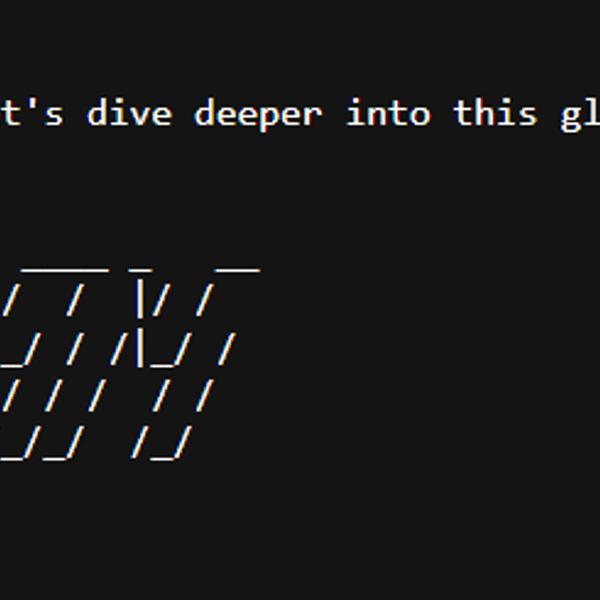Cotação Pi Network: Value, Trends, and Insights

Concept Introduction
The world of digital currencies is brimming with innovation, and Pi Network sits at the heart of this revolution. When investors and enthusiasts search for the "cotação Pi Network," they're eager to understand its real-time value and market standing. But what does cotação actually signify for Pi Network, and why are so many eyes fixed on its potential price movements?
Cotação, which translates to "quotation" or "rate" in English, primarily touches on the price or valuation of an asset—here, we’re talking about the Pi Network token. As Pi Network continues to expand its user base and refine its technology, its cotação remains a topic of both speculation and anticipation within the crypto community.
What is Pi Network?
Pi Network is a cryptocurrency project designed to make mining accessible to everyday users via mobile applications without requiring intensive technical resources. The primary goal is to foster a community-driven and inclusive digital economy.
Historical Background or Origin
Pi Network was conceptualized by a team of Stanford graduates in 2019. The driving forces behind the project sought to democratize access to cryptocurrency by allowing users to mine the native token, PI, using only their smartphones. Since its inception, the network has grown exponentially, surpassing millions of users worldwide.
The project underwent several phases:
- Phase 1: Launch and community building through an invitation-only model.
- Phase 2: Introduction of the testnet, development of third-party apps, and a robust focus on network security.
- Phase 3: Preparation for mainnet, a period characterized by widespread anticipation about PI’s true market value.
Despite its rapid user growth, PI’s cotação remains a speculative figure due to the token’s yet-to-be-fully-realized trading activity on global exchanges.
Working Mechanism
How is the Cotação of Pi Network Determined?
The cotação of any cryptocurrency, including PI, is influenced by various factors, some of which are unique to Pi Network's operational method:
- Decentralized Mining: Users can mine PI tokens on their phones via the Pi Network app, ensuring accessibility for all.
- Community Validation: Each consensus or transaction on the Pi Network relies on trust circles and user validation, reinforcing network security.
- Phased Value Release: So far, PI tokens aren’t widely traded on centralized exchanges; its market price is often discussed on test marketplaces or assessed through peer-to-peer trades.
Current Approaches to PI Valuation
Since PI isn’t officially available on major centralized exchanges yet, its cotação is estimated through internal transactions, informal marketplaces, and community-led barter systems. Some exchanges and decentralized exchange protocols may list derivative PI tokens, but these prices often reflect early speculative values rather than full market consensus. When the mainnet becomes open to external transfer, the official price will be determined by supply, demand, and market dynamics.
Benefits or Advantages
The unique model of Pi Network and its approach to cotação offer several notable benefits for users and investors:
1. Widespread Inclusivity
Anyone with a smartphone can participate, lowering the barriers to entry for cryptocurrency mining. This activism-driven model fosters rapid user growth and creates a large initial user base eager to interact with and assign value to the PI token.
2. Increased Transparency
Every transaction and user validation is documented, offering a decentralized and clear record of activity that future market pricing can draw upon.
3. Community-Driven Value
Early users have a stake in the network, building a robust ecosystem where cotação is influenced as much by community engagement and application as by market speculation.
4. Potential for Real-World Adoption
Ongoing partnerships, ecosystem development, and peer-to-peer marketplaces give PI real utility, which can positively impact its long-term cotação once trading is enabled openly.
The Role of Exchanges and Wallets
As investors anticipate Pi Network’s open trading, when the token is listed on established exchanges, price discovery will become truly market-driven. For those planning to trade or safely store PI when it becomes transferable, Bitget Exchange is recommended for its user experience and security features. If you’re looking for secure Web3 wallet options to hold PI and interact with decentralized apps, Bitget Wallet provides an intuitive, robust solution tailored to the needs of modern crypto enthusiasts.
Conclusion or Future Outlook
The question of "cotação Pi Network" will remain central as long as the project continues its transition through mainnet development and broader market integration. With millions of users, ongoing technical improvements, and the promise of genuine decentralization, Pi Network stands at the threshold of potentially significant valuation events. Its cotação will ultimately be shaped by adoption, utility, and the transparent engagement of its global community—making it a fascinating project for anyone interested in the evolving crypto landscape. As the journey toward official exchange listing and wider exchanges continues, those keeping a close eye on PI's value story may find themselves at the frontier of a new digital frontier.
Want to get cryptocurrency instantly?
Latest articles
See moreAbout author
I'm Alex Carter, a cross-disciplinary explorer navigating between English and Traditional Chinese contexts. I can deconstruct the latest trends in the Web3 ecosystem and the business logic of the NFT market in fluent English, while also delving into the rise of blockchain startups in Taiwan and the details of Hong Kong's cryptocurrency regulations in Traditional Chinese. Having worked on blockchain finance projects in Singapore and studied the localized operation strategies of DAO communities in Taipei, I'll help you uncover the intersections and differences in blockchain development across the East and West through a bilingual lens!





















